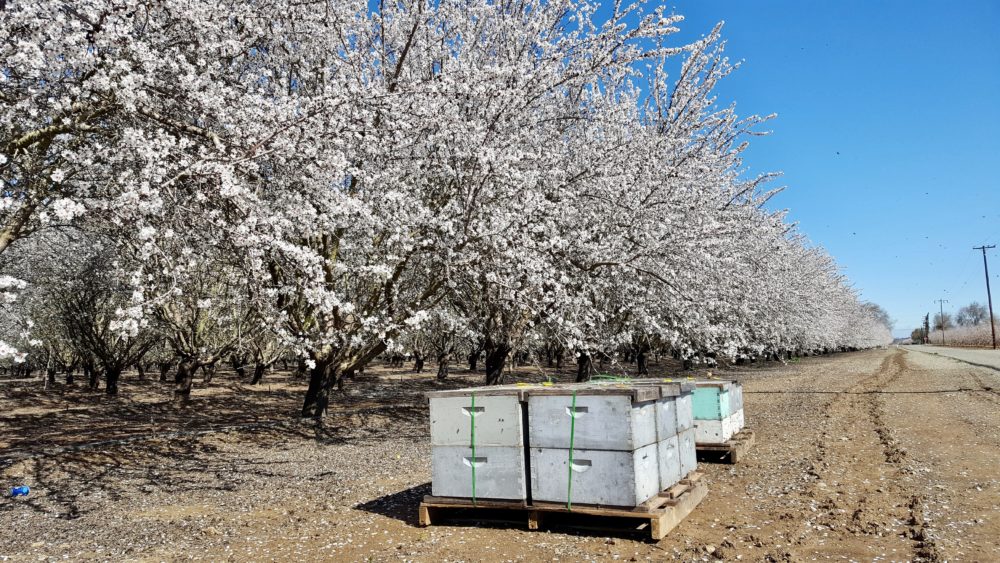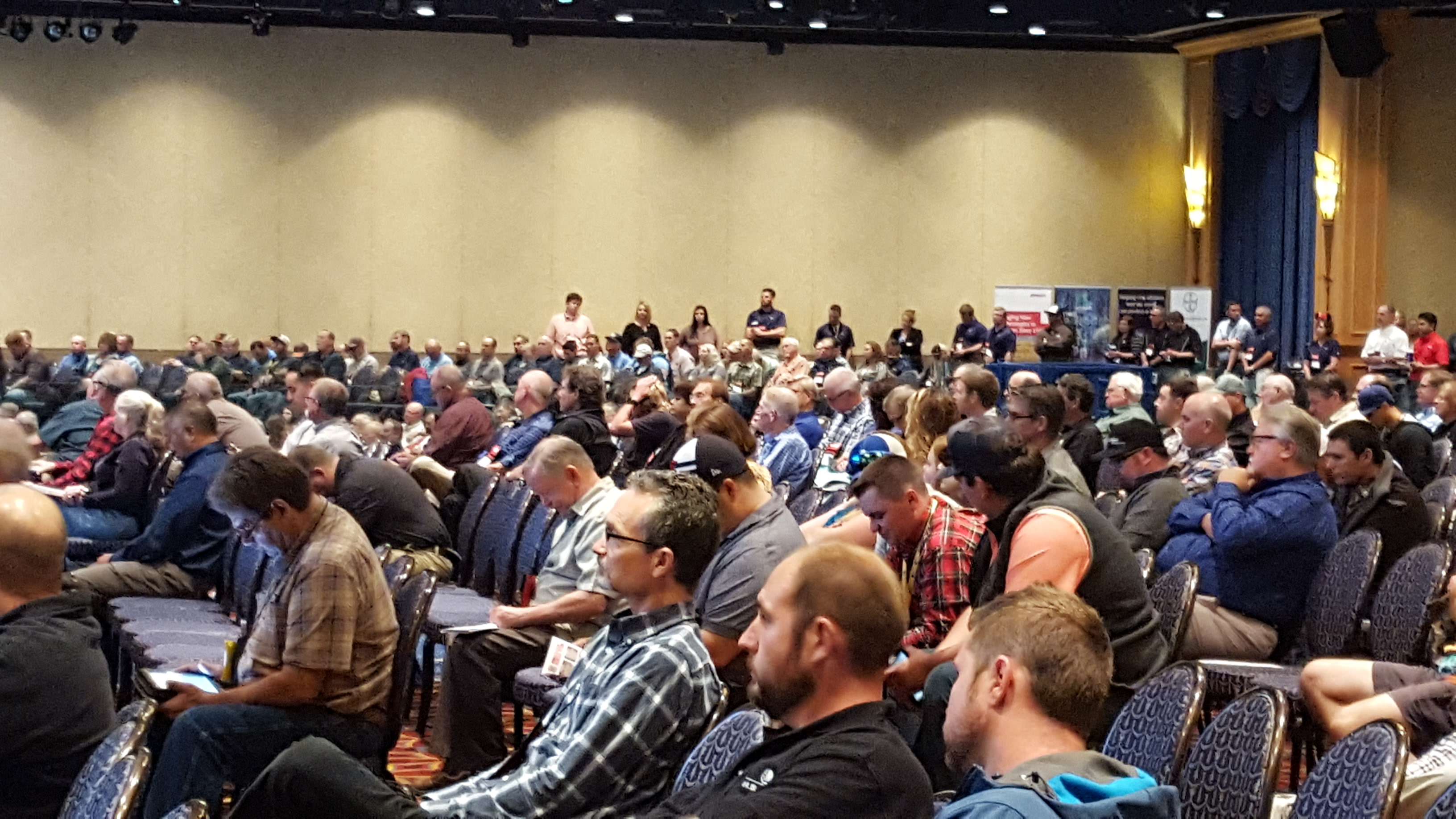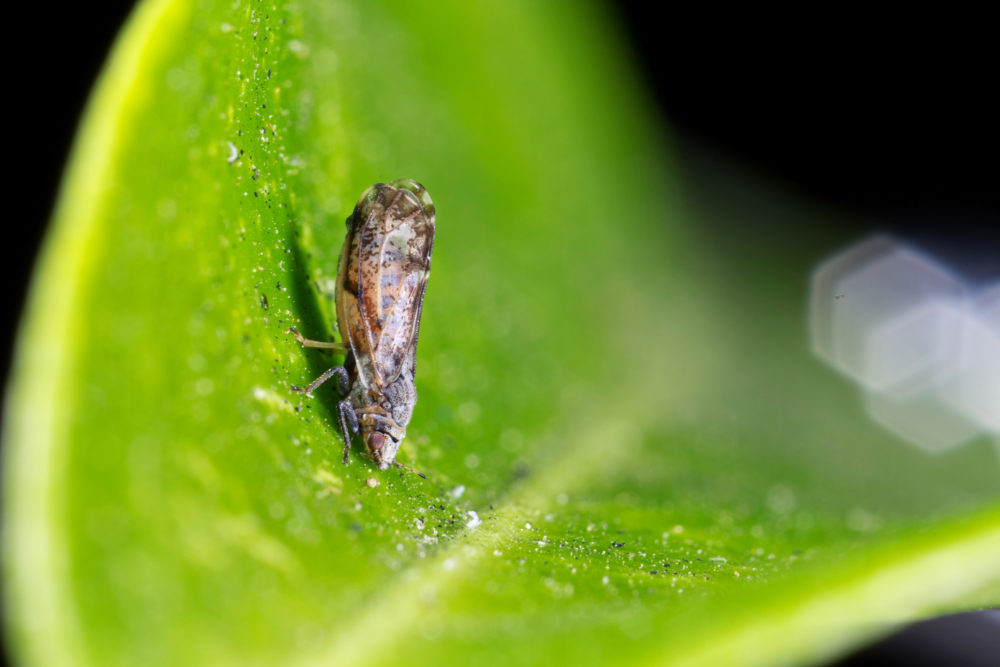CAPCA Gets to the Capitol To Work for PCAs
PCAs Are in Every Legislative District
By Jessica Theisman, Associate Editor
CAPCA has recently become more active in the capitol. Ruthann Anderson, CEO and president of California Association of Pest Control Advisors (CAPCA), said the association has PCAs in every legislative district all over the state of California.
“Whether it’s in turf and ornamental or in production agriculture, you know, we have a voice, and we have a lot of ability to influence some of the decisions or at least advise on some of the decisions that might be happening.,” she said.
Anderson said that CAPCA’s capitol visits have been positive.
“We’re on a first name basis with a lot more people than we have been,” she explained.
CAPCA is working with both urban and agricultural legislators.
“I am trying to prioritize both. I think that it wouldn’t be fair for us to neglect our local legislators just because we know that the urbans are a little bit more of our moderate Dems that we’re trying to pursue relationships with,” she said.
CAPCA would like to balance both and continue educating them on the field.
“Our Northern California Chapter is meeting with Senator Nielsen’s office from time to time, just letting them know exactly what’s happening in the field and making sure that they are in the loop,” Anderson said.
This way, if any questions arise, there is open communication between the office and the local CAPCA chapter.
“I know that they are asking a lot of questions about specific crop protection materials, and I think that is important for us to be able to tell the story,” Anderson said.
Sometimes, there is not an alternative, and CAPCA is there to explain.
“When controlling the Asian Citrus Psyllid that can spread the Huanglongbing disease in citrus, sometimes there is not an alternative; sometimes we’re quarantined and forced to do scheduled spraying. That is just a part of protecting the industry,” Anderson explained.




















 In a ingenious effort to control the spread of the psyllid, t
In a ingenious effort to control the spread of the psyllid, t








